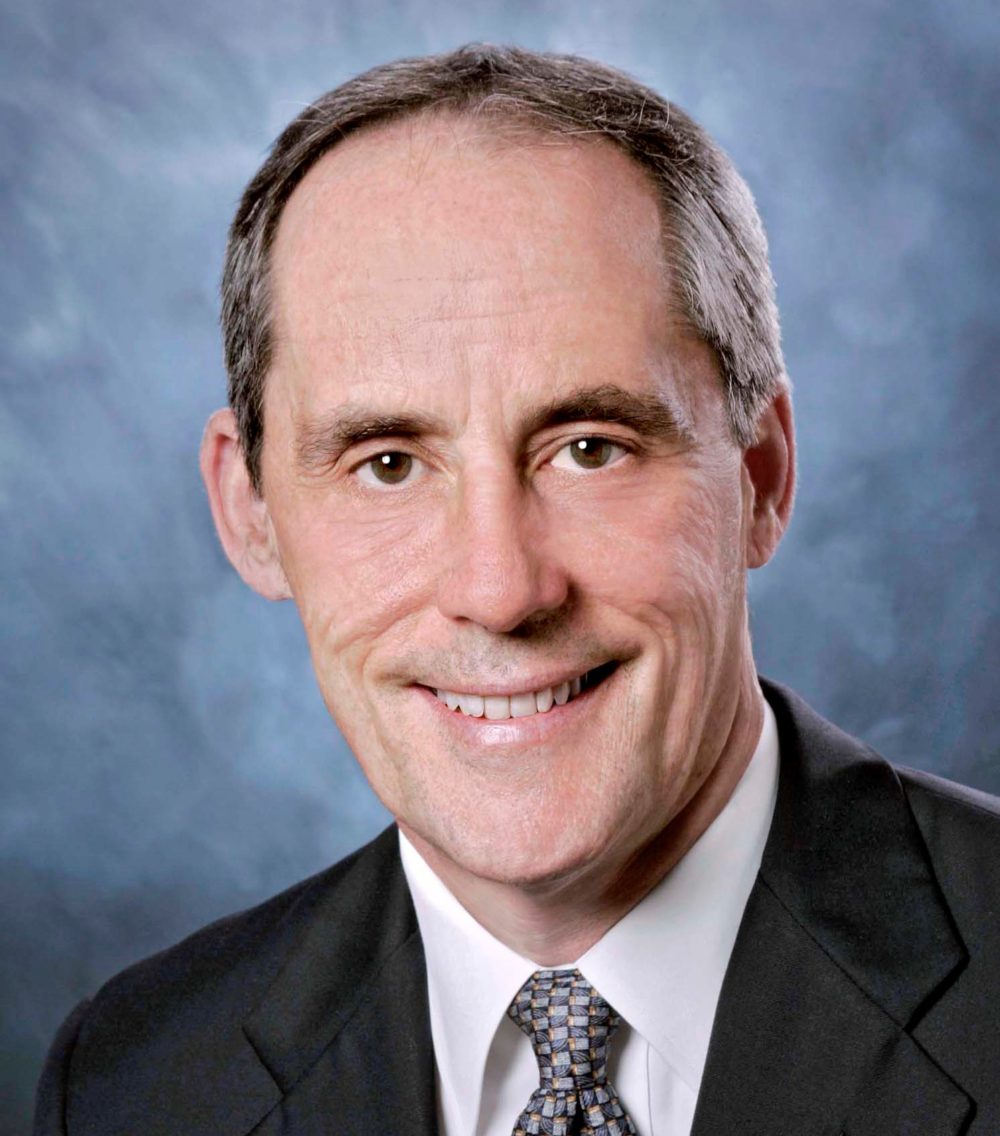When Tom Priselac joined Cedars-Sinai in 1979 it was a community hospital. Today, Cedars-Sinai is an academic enterprise and health system ranked nationally in 12 specialties by U.S. News and World Report, among other awards and accolades.
Priselac became President and CEO in 1994, after serving as Chief Operating Officer since 1988. He has also chaired the American Hospital Association, AHA Board of Trustees, the California Hospital Association and the Hospital Association of Southern California.
Health Evolution Editor-in-Chief Tom Sullivan interviewed Priselac about the journey to becoming a community-based academic medical center, the key elements to success, and how it changed him as a leader.
Health Evolution: What would you say is the biggest business risk you’ve taken as CEO?
Priselac: I have the ability of still answering 25 years later that it was the establishment of our medical network beginning back in 1994. It was quite controversial internally and externally. There were questions about whether or we should be migrating from a hospital–centric organization to health care services provider. And at the same time making significant investment in our academic mission. I didn’t think of it as a risk at the time, but it was. Here we are today and those two things fueled the growth of the organization.
Health Evolution: How did you convince those who doubted the transition that it was the right direction to move?
Priselac: As with all critical strategic initiatives, having excellent leadership starting with our Chief Academic Officer and Department Chairs who shared the vision and understood the particular academic medical center model. Our different model — a private community-based academic medical center as opposed to a university-based medical center — meant being able to attract physician leaders and physician scientists who were used to the traditional academic medical center model. It was and remains essential that they see the development of our academic medical center was beneficial to the community and to them and their practice. They are the ones who have executed on the vision and strategy to make it a reality. It would never have happened without them.
Health Evolution: What were the other key elements to succeeding?
Priselac: This evolution has been one that requires significant financial resources. In addition to operating the organization on a financially sound basis, none of this would be possible without the incredible philanthropic support that has come from the community. Achieving this transition while also meeting the challenges and changes occurring in California healthcare landscape over the last two decades has been essential.
[See also: CEOs talk top priorities for the next 3-5 years]
Other key strategic initiatives such as evolving from a hospital organization to a healthcare services organization with a significant physician network, the work to strengthen our employee engagement which is foundational to our meeting the challenge to provide high value care and the billions of dollars we have invested in facilities and technology have all been instrumental in creating an environment within which the academic medical center evolution could occur.
Health Evolution: How did that journey change you as a leader?
Priselac: There were opportunities to hone my skills around change management. They represent change management initiatives that were successful but, like most learning opportunities, failures occurred along the way so I don’t want to make it sound like batting 1,000.
Health Evolution: What were some of the more significant failures?
Priselac: One that became well known at the time, early in the days of electronic medical records, before the field evolved to what its now become, we undertook an effort to develop a proprietary CPOE system, having deployed a successful results reporting systems. Unfortunately our effort to establish CPOE was a failure and, again, like all failures I learned a lot about the change management process — notably how important it is to make sure that each step is executed as cleanly as possible.
Health Evolution: Was there ever a point when you thought the whole thing was not going to work?
Priselac: I honestly have never had a question that we would succeed. Cedars-Sinai has always been an organization committed to excellence, well before my arrival. It is rooted in the culture. What we have become as an academic medical center reflects the evolution of a decades old mission that has placed great value on the impact which medical education and research can have on providing high quality care.











